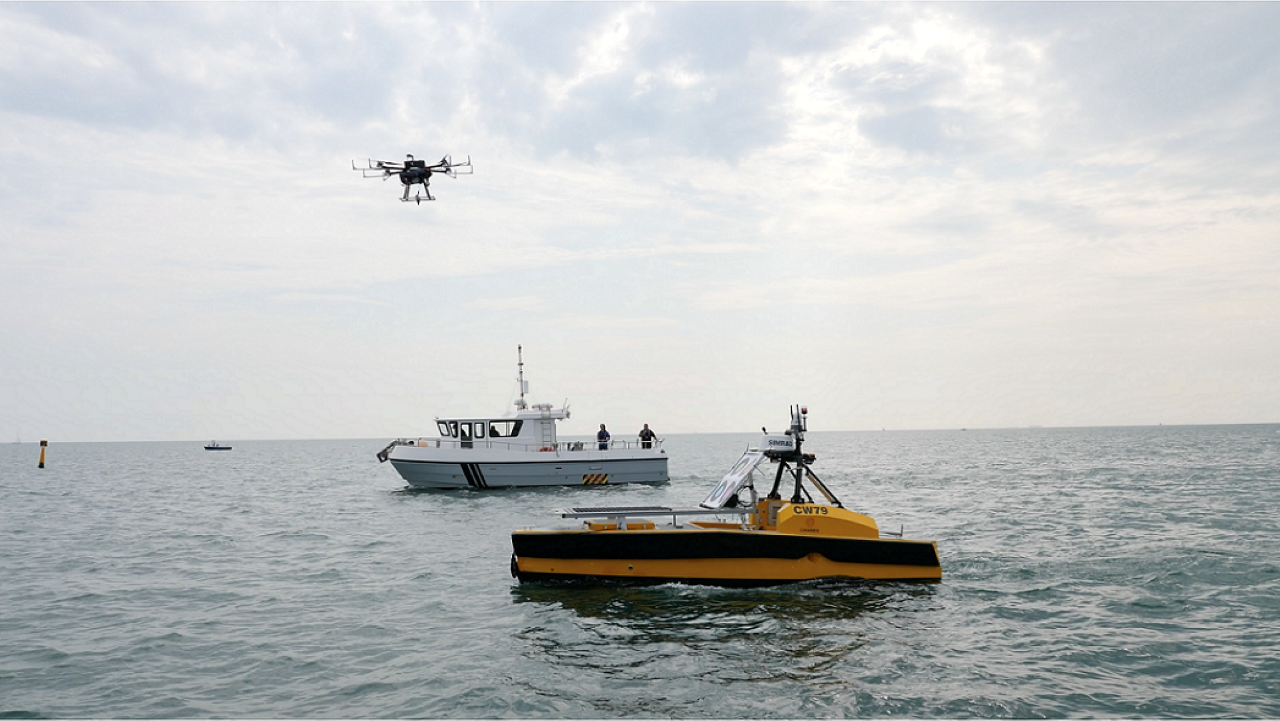Perceptual Robotics and the University of Bristol announce results of Innovate UK data analysis project
Robots and artificial intelligence have proven to be almost 15% more accurate in detecting faults in wind turbines, Perceptual Robotics has revealed in a world-first set to transform the industry.
The Innovate UK Research and Development project, which has been ongoing in collaboration between Perceptual Robotics and the University of Bristol for an initial two years before being extended for a further one with DNV, involved the partners incorporating fully-automated surface defect detection into the data-processing pipeline for wind turbine inspections.
While the capture of images taken during inspections has previously been automated, it is the first time the processing of the images was carried out fully automated. The project showed the partners’ unique system had a 14% improvement in fault detection accuracy when compared with expert humans carrying out the same inspections.
Kostas Karachalios, CEO of Perceptual Robotics, said: “It has been a privilege to work on this project with the University of Bristol and DNV to demonstrate the advantages and capabilities of fully-automated wind turbine inspections. Until now, wind turbine operators have been left in the dark about the capabilities of fully-automated inspections when compared with manual ones as there has been a lack of benchmarking to show comparisons between the two. We have shown incorporating fully-automated surface defect detection into our Dhalion system enhances the reproducibility and speed of current wind turbine inspections, significantly reducing costs, increasing quality and reducing safety concerns.
“To have such clear data that shows the value of fully-automated inspections proves the way forward in turbine investigation will be via robotics.”
The initial first two years of the project focused on offshore wind turbine inspections before being extended for a further year to consider validation of results in both onshore and extreme, offshore environments. The partners focused on demonstrating the capabilities of the inspection system by carrying out end-to-end validating and verifying of the data system; determining how the data collection process can be auditable and traceable, and analysing the way the performance is measured to ensure it is as accurate as possible and in line with customers’ expectations.
The involvement of DNV, the independent expert in assurance and risk management, in the project’s extended third year provided expert guidance which allowed the partners to objectively assess the inspection system and data.
As well as showing a 14% improvement in accuracy in detection of faults, Perceptual Robotics was further able to reduce its data review turnaround time by 27% – enabling clients to view their inspection results within just 48 hours. The traditional time for many wind turbine inspections is two weeks.
